Introduction:
Embroidery is an ancient form of the art has been around for centuries and involves complicated designs delicate stitches. Sewing machine embroidery has been taken this traditional craft up to the new class in the recently year, such that it is the made easy and achievable even for the beginners of the crafters as well as those who has been doing this career from the long time ago. This guide seeks to unearth the secrets of mastery in sewing machine embroidery, looking into techniques and tools used as well as creativity that defines the art.
1. Introduction to Sewing Machine Embroidery
A. Brief History of Embroidery Embroidery has a history that spans thousands of years and was used to decorate clothing, textiles as well as ceremonial objects back in civilizations.
19 th century was the time of emergence sewing machines and thus there became a merging point between embroidery considering an art work with technological progress.
2. Development of Sewing Machine Embroidery Computerized sewing machines have brought a revolution in embroidery.
These machines provided accuracy, speed and the ability to copy elaborated designs easily. Nowadays, modern embroidery machines are equipped with many features that meet different creative needs.
II. Getting Started: Essential Tools and Materials
1. Choosing the appropriate sewing machine First, you should choose an embroidery machine. Hoop size, built in designs and ease of use are among the factors that you need to consider when choosing your machine. Popular brands such as Brother, Janome and Singer have a variety of choices for both novice users and professionals.
B. Hoops and Stabilizers Needlework hoops are essential tools that secure fabric taut while stitching. It is just as important to understand the role of stabilizers because they support fabric and ensure clean professional results.
C. Threads and Needles Embroidery threads are available in a myriad of colors and materials, which makes it possible to create countless patterns. Selecting the correct needle is imperative to avoid thread snagging and have quality felting
. D. Design Software For those who want to develop custom designs, an embroidery design software is a breakthrough. There are also programs like Ember, Hatch and Wilco that have very strong tools for creating embroidery designs as well.
III. Mastering Basic Techniques 1.
Thread Tension and Bobbin Winding Again, the right thread tension is critical for seamless embroidery. Correct bobbin winding leads to a seamless stitching process without thread problems.
B. Hooping Techniques Proper hooping is the key to successful embroidery. Techniques like floating and stretching guarantee an equal tension on the fabric.
C. Choosing and Editing Designs By understanding how to choose and edit embroidery designs whether using built-in ones or creating custom, it is possible to use the right approach when acquiring patterns. This section discusses resizing, rotating and combining designs to have a personal touch. D. Understanding Stitch Types This section covers essential stitch types such as satin stitches for lettering, fill and running to create outlines.
IV. Advanced Techniques for Artful Creations A.
Appliqué and Cutwork Upgrade your embroidery with appliqué and cutwork. Understand how to incorporate fabric details into your designs or intricate cutout patterns for a textured effect.
B. 3D Embroidery 3D embroidery techniques will add a third dimension to your creations. Investigate foams and specialty threads to help bring your designs into reality.
C. Monogramming Mastery Master the art of monogramming, an everlasting and graceful style of personalization. Create unique monograms using various fonts, sizes and placement.
D. Freestanding Lace Design thin and airy patterns that are freestanding. Freestanding lace embroidery enables crafters to create fancy-looking laces without a fabric base.
V. Troubleshooting and Maintenance 1.
Even seasoned embroiderers encounter challenges. Find out how to solve typical problems like thread breaks, birdnesting and misalignments in order to keep the embroidery process running smoothly. B. Machine Maintenance A well-maintained embroidery machine will last for years and perform at its best.
1 Routine cleaning, oiling and troubleshoot Guide common mechanical problems.
VI. Inspiring Projects and Ideas
A. Home Décor Embroidery Look for ways to embellish your home décor with embroidered details. Dress-up your home with embellished curtains and personalized pillows. Explore exciting projects that bring handmade sophistication to the coziest areas of your living space.
B. Fashion Embellishments Make your wardrobe exciting with modern embroidery. Learn to sew on embroidered patches, embellishments and elaborate designs to clothes for a cool look.
C. Gifts from the Heart Learn how to use embroidery in an art of customizing gifts. Find heartfelt projects perfect for gifts that will be cherished from monogrammed towels to custom baby blankets and more.
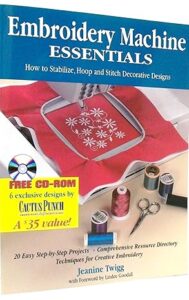
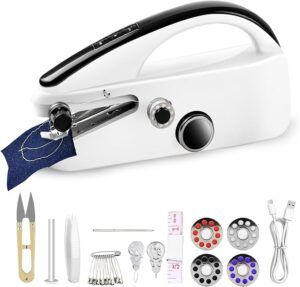
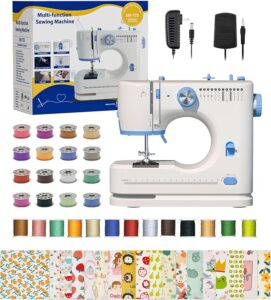
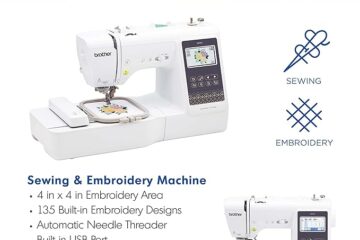
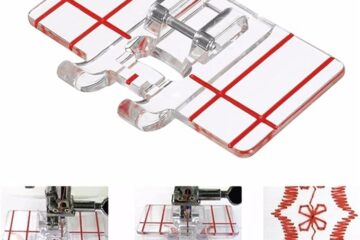
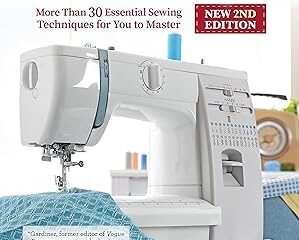
0 Comments